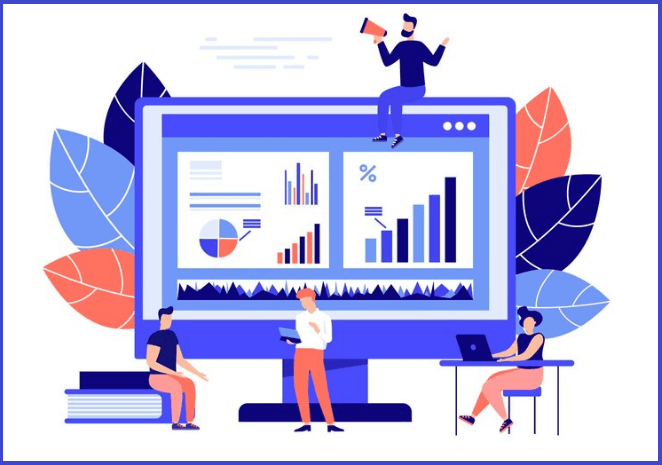Golang (Go) is a statically typed, compiled programming language designed by Google. It is known for its simplicity, performance, and concurrency capabilities. Various libraries and frameworks are used in Golang development services to enhance productivity and efficiency. Here are some popular ones:
Golang Libraries
1. Standard Library
net/http: For building web servers and handling HTTP requests.
database/sql: For working with SQL databases.
fmt: For formatting strings, printing to the console, and more.
encoding/json: For working with JSON data.
sync: For managing concurrency with goroutines and channels.
2. Web Frameworks
Gin: A high-performance HTTP web framework.
Echo: A lightweight, fast, and extensible web framework.
Beego: An MVC framework for building web applications.
Fiber: An Express-inspired web framework built on Fasthttp.
3. ORMs and Database Libraries
GORM: A powerful ORM library for Go.
sqlx: Provides a set of extensions on the standard database/sql package.
XORM: Simple and powerful ORM for Go.
4. Testing Libraries
Testify: A toolkit with common assertions and mocking.
GoMock: A mocking framework for the Go programming language.
Ginkgo: A BDD-style testing framework.
5. Logging Libraries
Logrus: A structured logger for Go.
Zap: A fast, structured logging library.
Go-Log: A simple logging library with support for various log levels.
6. Configuration Libraries
Viper: A comprehensive configuration solution.
Envconfig: To load environment variables into structs.
7. Concurrency Libraries
Go-Patterns: A collection of idiomatic concurrent design patterns in Go.
Errgroup: For managing a group of goroutines with error handling.
8. HTTP Client Libraries
Resty: Simple HTTP and REST client for Go.
gorequest: Simplifies HTTP client usage.
Integration with Java Software Development Services
Golang can be integrated with Java applications in various ways:
gRPC: A high-performance RPC framework can be used for communication between Golang and Java services.
RESTful APIs: Creating RESTful APIs in Go and consuming them in Java applications using libraries like Spring Boot.
Messaging Queues: Using message brokers like Kafka or RabbitMQ for asynchronous communication between Go and Java services.
Shared Databases: Accessing a common database from both Golang and Java applications.
Combining Golang’s efficiency and concurrency features with Java’s extensive ecosystem can lead to robust and scalable software solutions.
